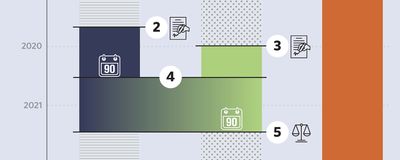Login
SubscribeInfographics
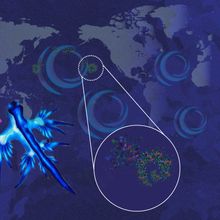
Infographic: Neuston Drift Atop the World’s Oceans
Amanda Heidt | Jan 2, 2023 | 1 min read
The sea surface is home to a diverse group of animals adapted to life in the open ocean, but increasingly, they’re sharing that space with plastic debris.
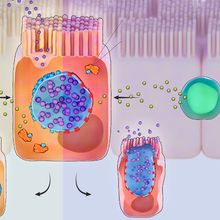
Infographic: How Chlamydia Evades Immune Detection
Natalia Mesa, PhD | Jan 2, 2023 | 2 min read
Chlamydia trachomatis, the bacterium that causes chlamydia, hides from the immune system by cloaking itself in the host cell’s membrane then modifying the membrane’s protein composition.
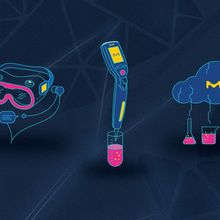
Into the Future: Connecting Researchers, Instruments, and Data
MilliporeSigma | 1 min read
Discover the smart solutions that empower scientists to take their research to the next level.
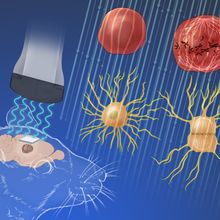
Infographic: A Brain Implant Stops Tumor Growth in Rats
Holly Barker, PhD | Dec 12, 2022 | 1 min read
The new, implantable device converts ultrasound waves into electrical energy inside the brain, interfering with tumor cell division.
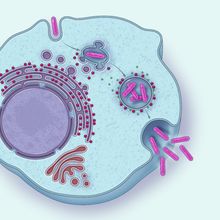
Infographic: Intracellular Bacteria’s Tricks for Host Manipulation
Catherine Offord | Dec 1, 2022 | 2 min read
Various microbes, including several human pathogens, hijack the cell’s skeleton, membranes, and protein-making machinery to make themselves at home.
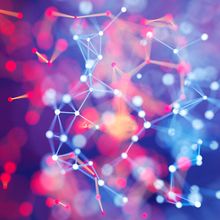
Simplifying Spatial and Molecular Profiling with End-to-End Services
Canopy Biosciences | 1 min read
A visual guide to streamlining high-plex, high-throughput workflows
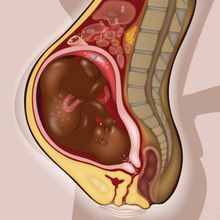
Infographic: How Immunology Can Influence Pregnancy Outcomes
Tobias R. Kollmann, Arnaud Marchant, and Sing Sing Way | Nov 14, 2022 | 3 min read
Pregnancy-induced changes in the immune system are key to a successful birth. Understanding those changes could allow researchers to protect both mother and child.

Infographic: Two Guppy Brain Regions May Help Them Learn Tasks
Natalia Mesa, PhD | Nov 14, 2022 | 1 min read
While guppies with larger optic lobes were champions at learning visual discrimination tasks, guppies with larger telencephalons fared better when researchers switched things up.

Go with the Flow: Adapting Lateral Flow Assays for Nucleic Acid Detection
The Scientist’s Creative Services Team and nanoComposix | 1 min read
Scientists incorporate sensitive nanoparticles to rapidly detect DNA and RNA.
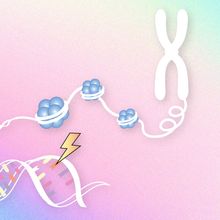
Infographic: How Epigenetic Marks Can Change the Genome
Katarina Zimmer | Nov 1, 2022 | 2 min read
Although epigenetic changes were long thought to largely act on the genome, rather than as part of it, research is now showing that these patterns can, directly or indirectly, change the genetic code.
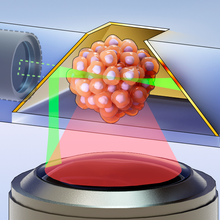
Infographic: Generating Hundreds of 3D Organoid Images per Hour
Natalia Mesa, PhD | Oct 17, 2022 | 1 min read
By modifying a technique used to image single cells, researchers have managed to generate a super-resolution 3D image of a complete organoid in just seven seconds.
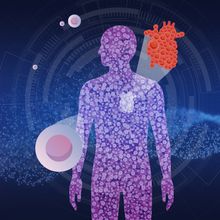
Scientific Breakthroughs with Stem Cells
Nele Haelterman, PhD | 1 min read
Discover the various ways scientists bolster stem cells to understand and cure disease.
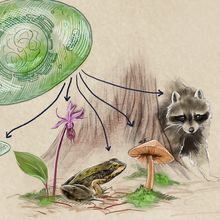
Infographic: Evolutionary Leaps Leading to Modern Eukaryotes
Amanda Heidt | Oct 17, 2022 | 2 min read
A lot happened in the hundreds of millions years separating the first and last eukaryotic common ancestors, but when and how most features arose remains a mystery.
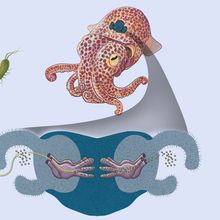
Infographic: Symbiotic Organs Bring Hosts and Microbes Closer
Catherine Offord | Oct 3, 2022 | 2 min read
Specialized structures in plants and animals help attract and mediate communication with bacterial symbionts.
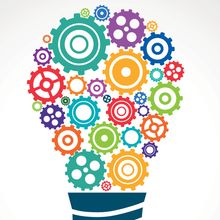
Focus on Innovation: Scientific Advances Driving Biopharma Market Trends
The Scientist’s Creative Services Team and Tecan | 1 min read
Explore the future of biopharma research and development.
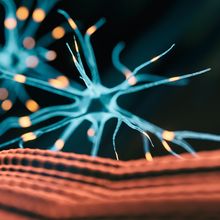
Infographic: Vangl2 in Muscles Keeps Neuromuscular Junctions Organized
Catherine Offord | Sep 12, 2022 | 1 min read
Genetic knockout experiments reveal a role for the protein in forming and maintaining synapses between motor neurons and muscle fibers in mice.
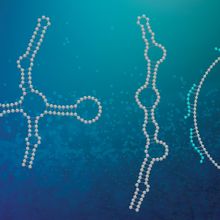
Infographic: Noncoding RNA in the Brain
Christie Wilcox, PhD | Sep 12, 2022 | 4 min read
Neurologically important noncoding RNAs come in many shapes and sizes.
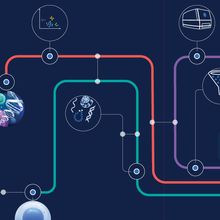
Single Cell Resolution Reveals Cellular Diversity
The Scientist’s Creative Services Team and 10x Genomics | 1 min read
Access to single cell resolution reveals new insights into how the human body and its cells operate during health and disease.
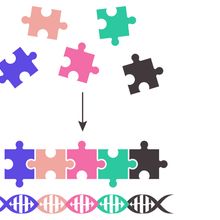
Infographic: The Sequencing and Assembly of the Human Genome
Brianna Chrisman and Jordan Eizenga | Sep 1, 2022 | 5 min read
With ever-advancing genetic technologies, researchers continue to document the genetic code of the human species.
